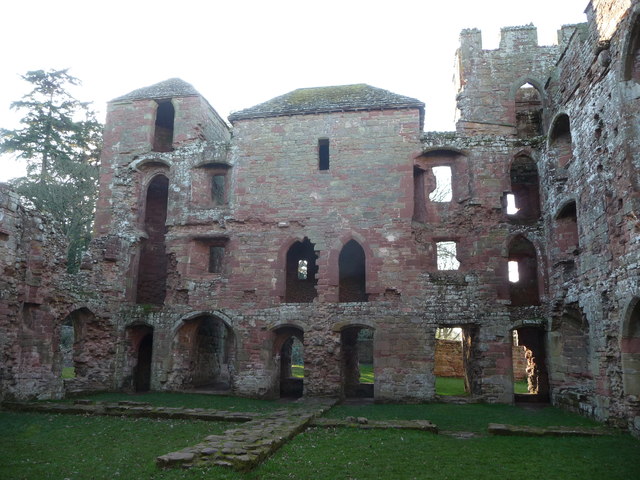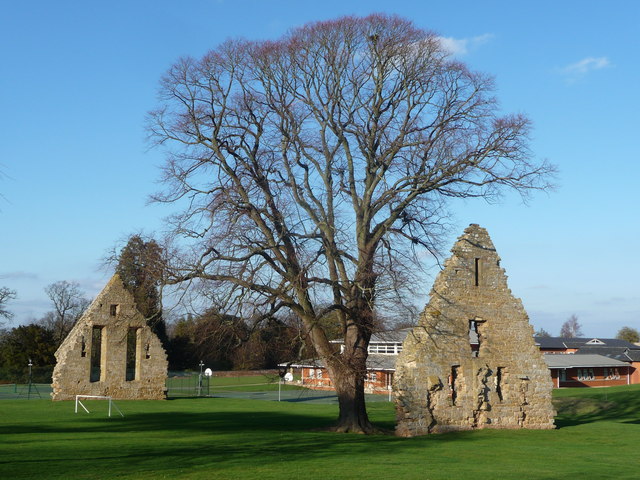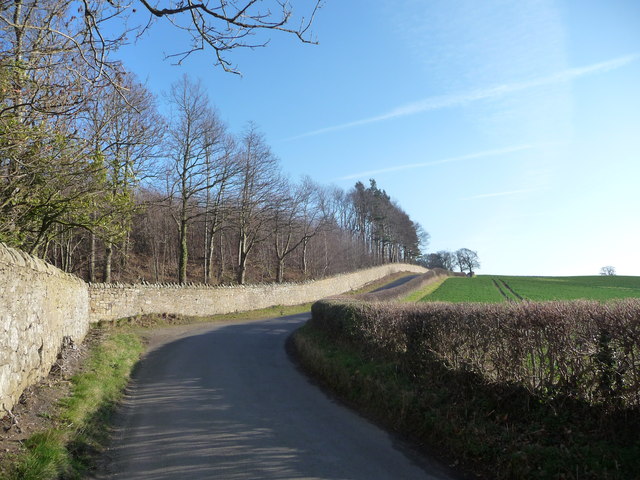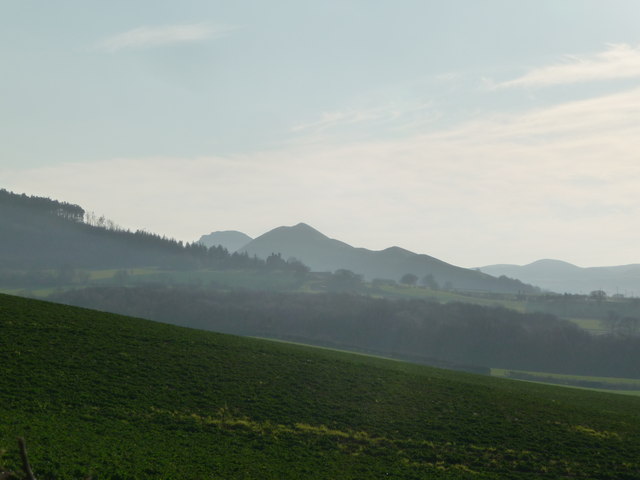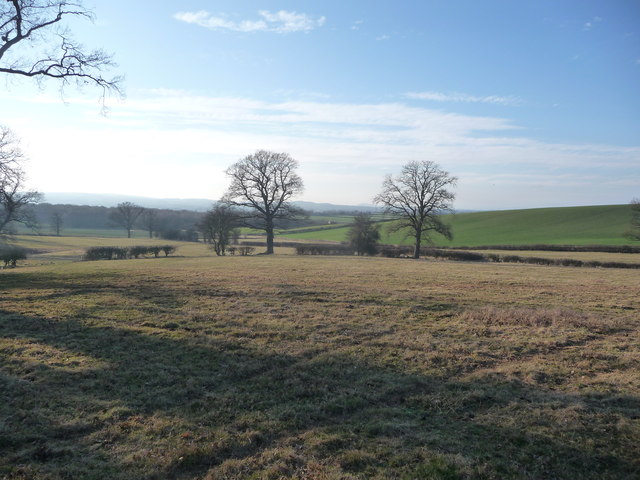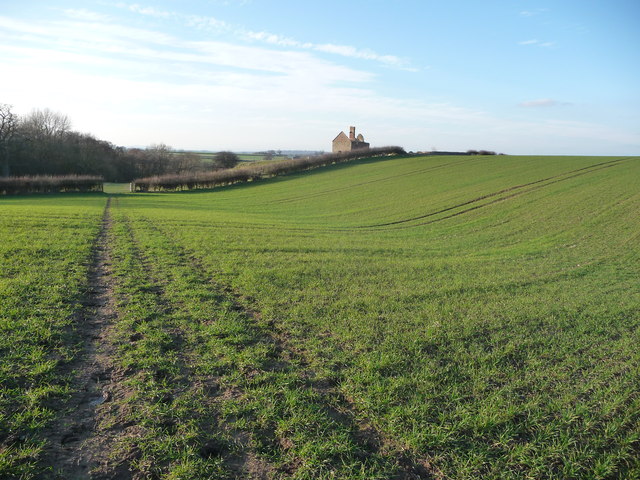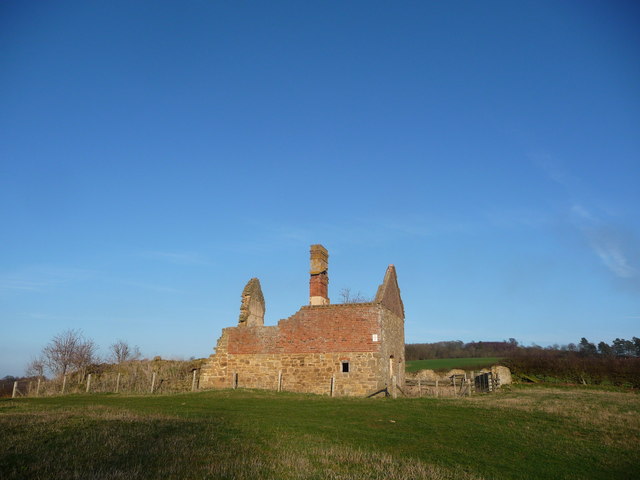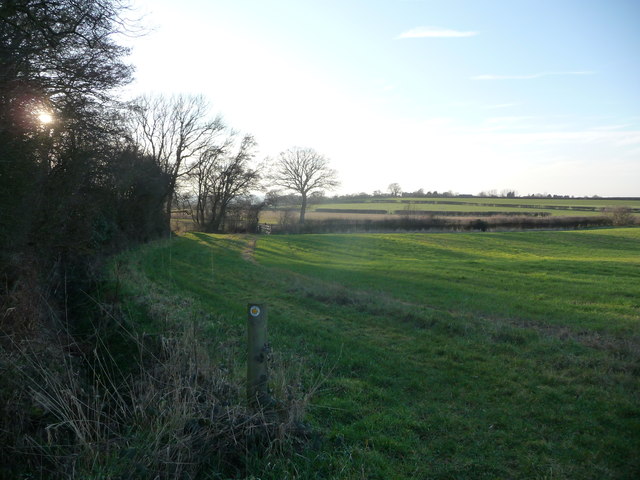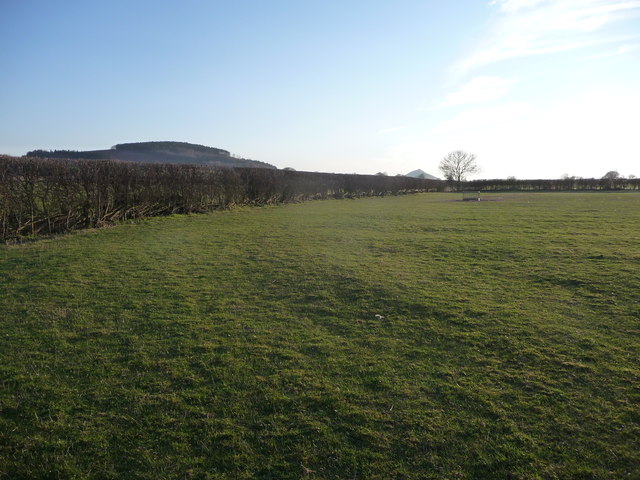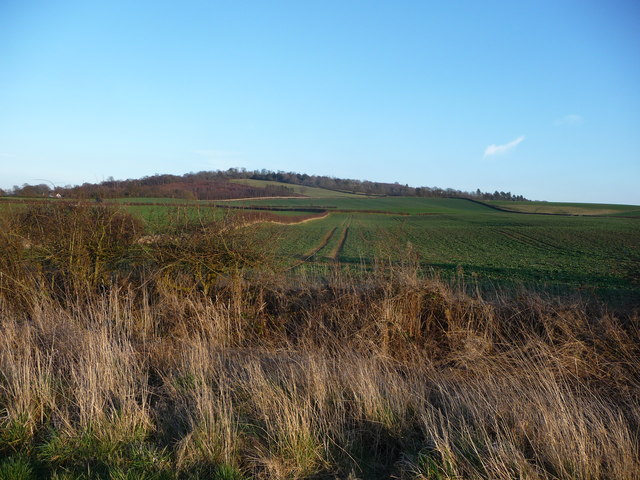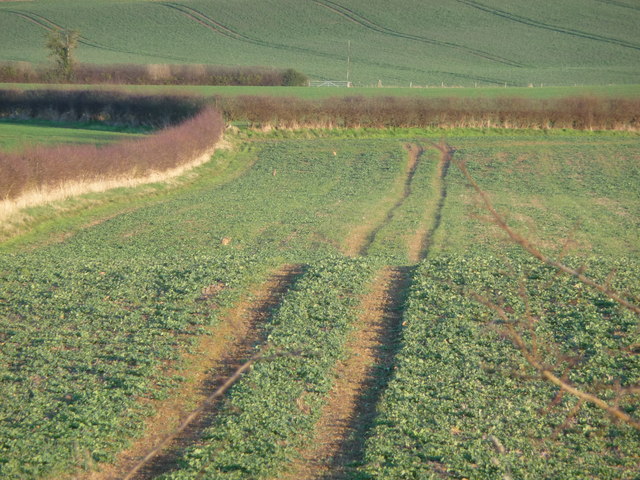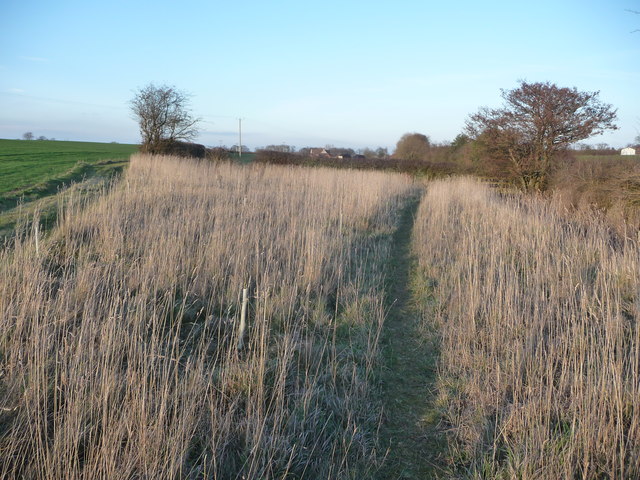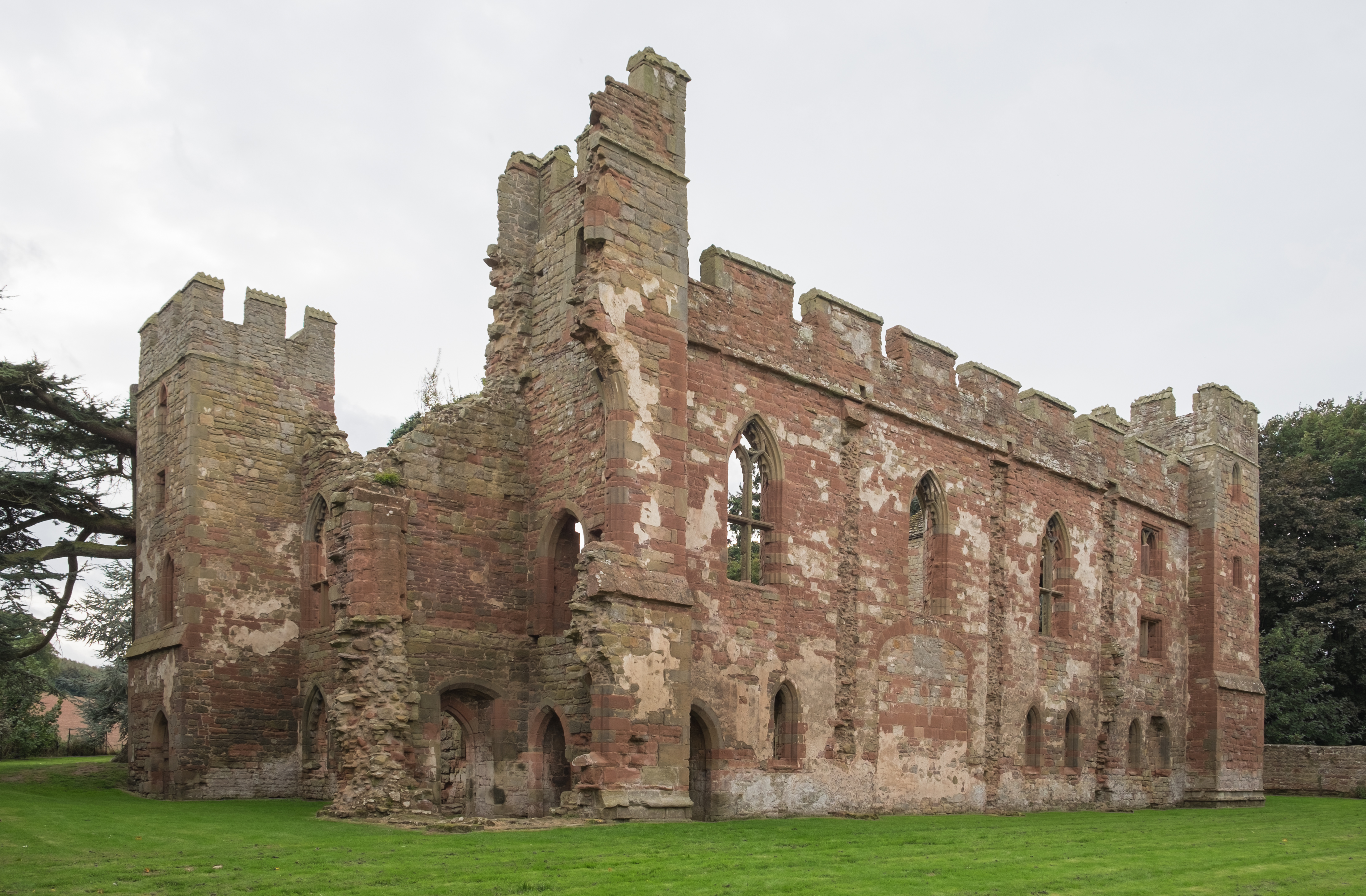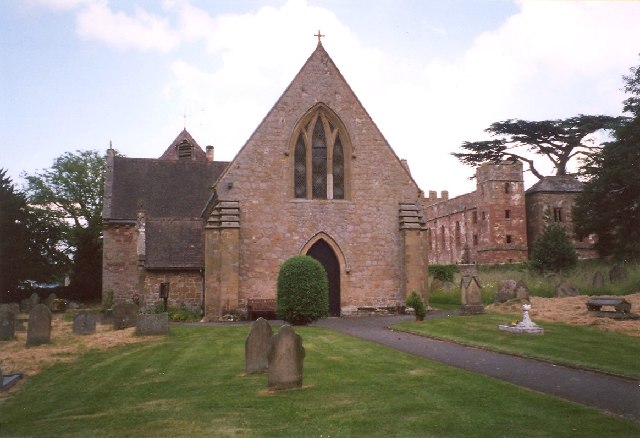Shadwell Lake
Lake, Pool, Pond, Freshwater Marsh in Shropshire
England
Shadwell Lake
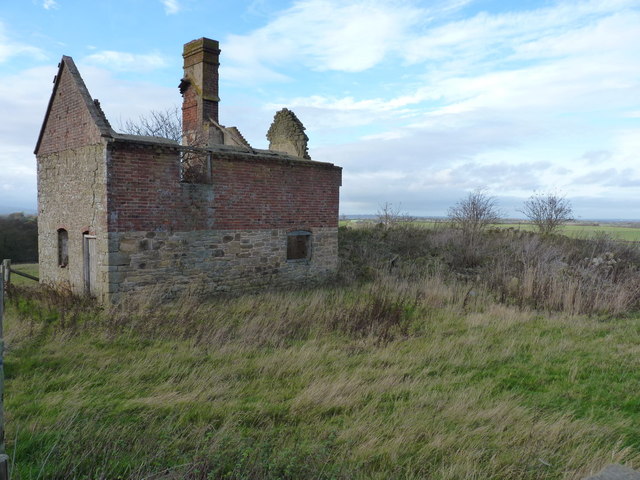
Shadwell Lake, located in Shropshire, England, is a picturesque freshwater body encompassing an area of approximately 10 hectares. Nestled amidst rolling countryside, this tranquil lake offers a serene escape for nature enthusiasts and avid anglers alike.
Surrounded by lush greenery, Shadwell Lake serves as a haven for a diverse range of flora and fauna. The lake's crystal-clear waters provide an ideal habitat for various fish species, including perch, roach, and pike, making it a popular spot for fishing enthusiasts seeking a rewarding catch.
The tranquil ambiance of Shadwell Lake is further enhanced by its surrounding landscape. The lake is encompassed by reed beds and freshwater marshes, which attract an array of bird species. Birdwatchers can spot a variety of waterfowl, including swans, herons, and ducks, as well as migratory birds that visit the lake during certain seasons.
Visitors to Shadwell Lake can explore its surroundings by following the well-maintained footpaths that wind their way through the adjacent woodlands. These paths offer opportunities for leisurely walks, providing stunning views of the lake and the surrounding countryside.
It is important to note that Shadwell Lake is privately owned and managed, with access limited to members and permit holders. This ensures the preservation of the lake's natural beauty and the protection of its delicate ecosystem.
Overall, Shadwell Lake is a hidden gem in Shropshire, offering a peaceful retreat for those seeking a slice of unspoiled nature and a chance to immerse themselves in the beauty of the English countryside.
If you have any feedback on the listing, please let us know in the comments section below.
Shadwell Lake Images
Images are sourced within 2km of 52.612438/-2.6793556 or Grid Reference SJ5401. Thanks to Geograph Open Source API. All images are credited.
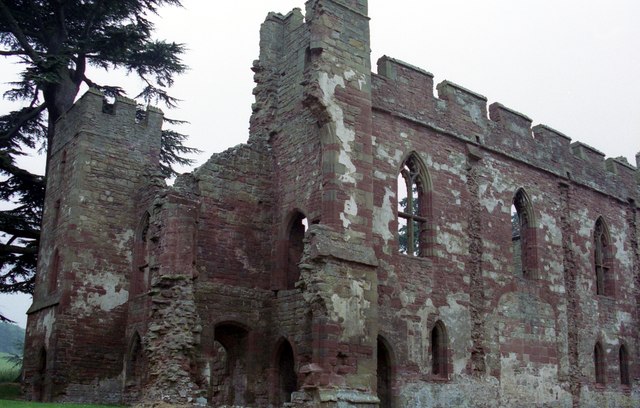
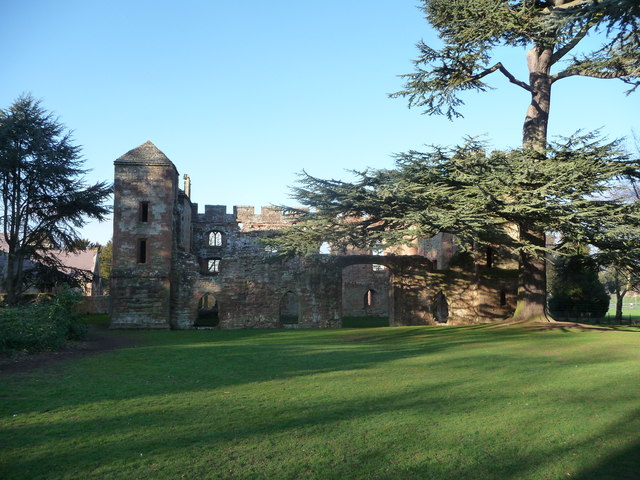
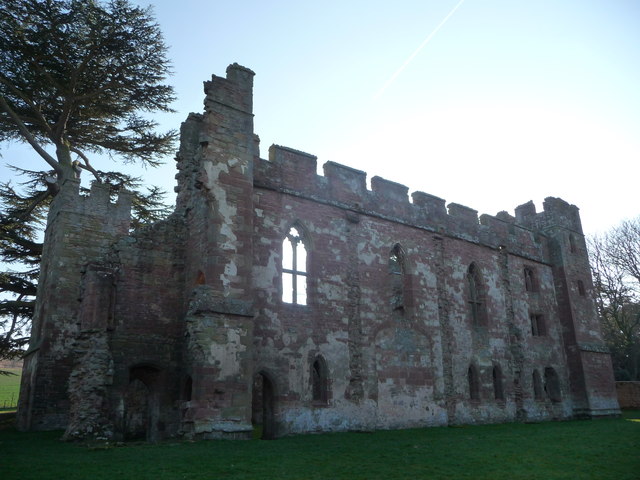
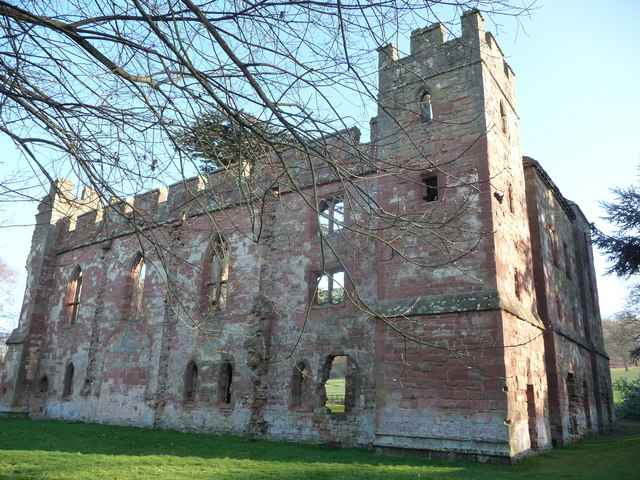
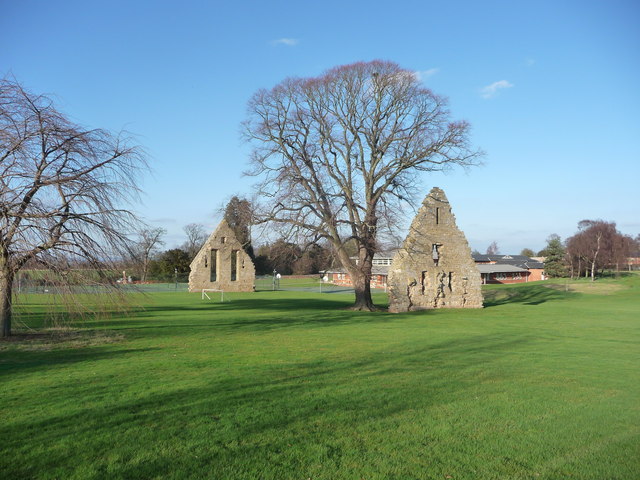
Shadwell Lake is located at Grid Ref: SJ5401 (Lat: 52.612438, Lng: -2.6793556)
Unitary Authority: Shropshire
Police Authority: West Mercia
What 3 Words
///define.crumb.tuck. Near Kenley, Shropshire
Nearby Locations
Related Wikis
Concord College, Acton Burnell
Concord College is an independent co-educational international day/boarding school in Shropshire, England situated in the grounds of Acton Burnell Castle...
Acton Burnell Hall
Acton Burnell Hall is a 19th-century country house, now used as a private school, located near the village of Acton Burnell, Shropshire, England. This...
Acton Burnell Castle
Acton Burnell Castle is a 13th-century fortified manor house, located near the village of Acton Burnell, Shropshire, England (grid reference SJ534019)...
St Mary's Church, Acton Burnell
St Mary's Church is in the village of Acton Burnell, Shropshire, England, and stands near the ruins of Acton Burnell Castle. It is an active Anglican...
Have you been to Shadwell Lake?
Leave your review of Shadwell Lake below (or comments, questions and feedback).
